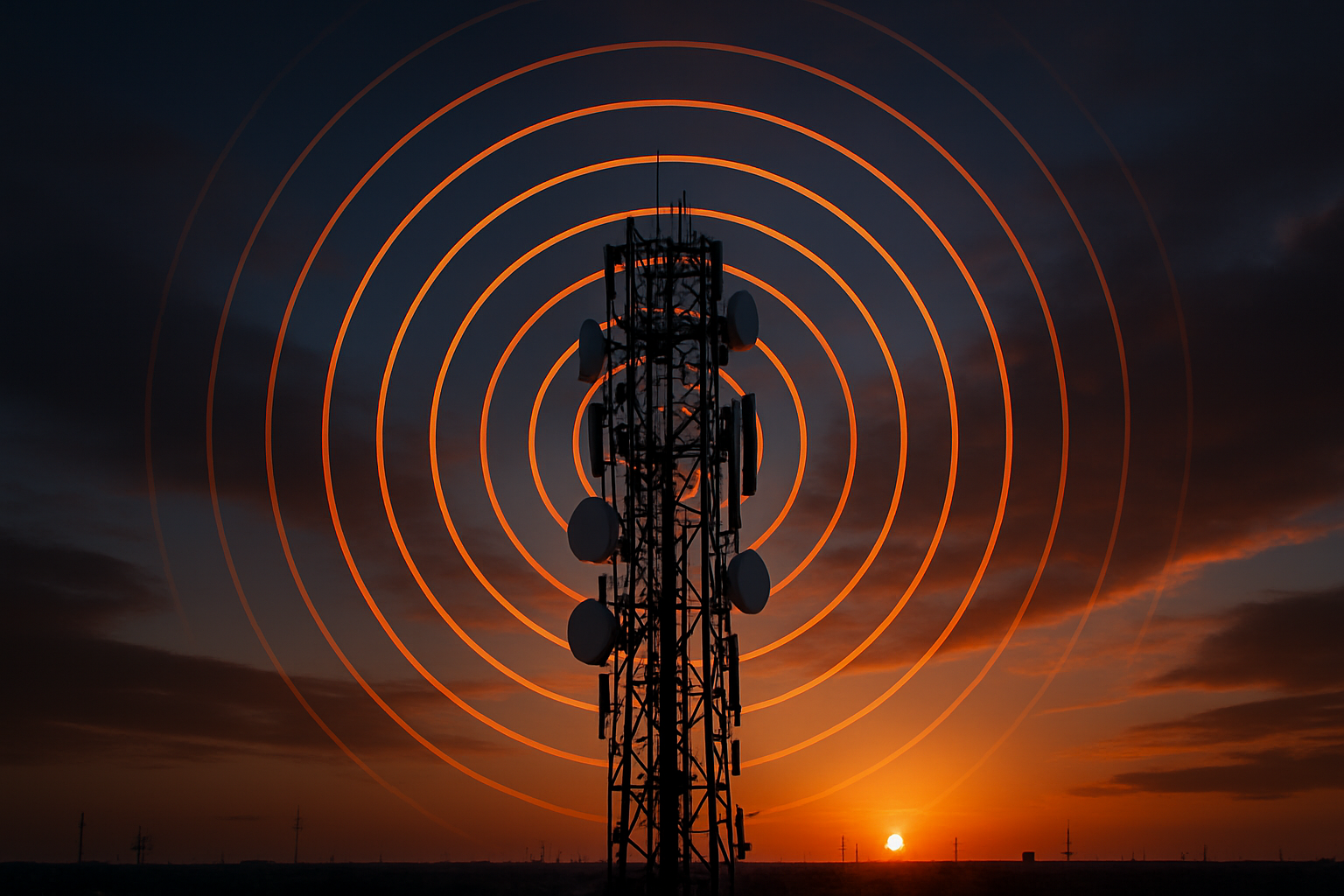Cognitive Radio Networks: Redefining Spectrum Efficiency
Imagine a world where wireless devices seamlessly adapt to their environment, intelligently finding and utilizing available spectrum. This isn't science fiction—it's the promise of cognitive radio networks, a groundbreaking technology poised to revolutionize how we approach spectrum management and wireless communication. As demand for wireless connectivity surges, cognitive radio offers a solution to the growing challenge of spectrum scarcity.

Enter Cognitive Radio: A Paradigm Shift
Cognitive radio networks represent a radical departure from conventional spectrum management. At their core, these systems use artificial intelligence and machine learning algorithms to dynamically sense and adapt to their radio environment. Unlike traditional radios, which operate on pre-defined frequencies, cognitive radios can intelligently detect which frequencies are in use and which are available, adjusting their transmission and reception parameters accordingly.
Key Features of Cognitive Radio Systems
Spectrum Sensing: Cognitive radios continuously monitor the radio environment, detecting “spectrum holes” or unused frequencies. This real-time awareness allows for opportunistic spectrum access without causing interference to licensed users.
Dynamic Spectrum Access: Once available spectrum is identified, cognitive radios can swiftly switch to these frequencies, optimizing spectrum utilization. This agility enables efficient use of underutilized bands while respecting the rights of primary users.
Adaptive Transmission: These systems can modify various parameters such as transmission power, modulation scheme, and coding rate based on the current radio environment and user requirements. This adaptability ensures optimal performance and energy efficiency.
Learning and Decision Making: Advanced machine learning algorithms enable cognitive radios to learn from past experiences, predicting spectrum availability and making informed decisions about spectrum usage.
Overcoming Technical Challenges
While the potential of cognitive radio networks is immense, several technical hurdles must be addressed for widespread adoption. One significant challenge is ensuring reliable spectrum sensing, particularly in environments with low signal-to-noise ratios. False detections can lead to harmful interference with primary users, undermining the technology’s effectiveness.
Another critical issue is the need for fast and accurate spectrum decision-making. Cognitive radios must swiftly process vast amounts of data to make real-time decisions about spectrum usage. This requires sophisticated algorithms and powerful processing capabilities, which can be challenging to implement in compact, energy-efficient devices.
Security and privacy concerns also loom large. The dynamic nature of cognitive radio networks makes them potentially vulnerable to malicious attacks, such as spectrum sensing data falsification or selfish behavior by nodes. Developing robust security protocols that protect both the network and user data is crucial for the technology’s success.
Regulatory Landscape and Standardization Efforts
The implementation of cognitive radio networks necessitates a significant shift in regulatory approaches to spectrum management. Regulatory bodies worldwide are grappling with how to balance the potential benefits of dynamic spectrum access with the need to protect incumbent users and ensure fair access.
In the United States, the Federal Communications Commission (FCC) has taken steps to enable cognitive radio technologies, particularly in TV white spaces—unused portions of the broadcast television spectrum. The FCC’s rules allow for unlicensed devices to operate in these bands, provided they do not interfere with licensed users.
Internationally, organizations like the International Telecommunication Union (ITU) are working on developing standards and recommendations for cognitive radio systems. These efforts aim to create a harmonized global approach to cognitive radio technology, facilitating interoperability and widespread adoption.
Potential Applications and Impact
The applications of cognitive radio networks are vast and varied. In urban areas, these systems could significantly increase network capacity, alleviating congestion in crowded wireless environments. For emergency communications, cognitive radios could provide resilient and adaptable networks, crucial in disaster scenarios where traditional infrastructure may be compromised.
In the realm of Internet of Things (IoT), cognitive radio technology could enable more efficient spectrum utilization for the billions of connected devices predicted to come online in the coming years. This could be particularly impactful in industrial IoT applications, where reliable wireless connectivity is essential for automation and real-time monitoring.
Looking Ahead: The Future of Wireless Communication
As we stand on the cusp of a new era in wireless technology, cognitive radio networks represent a promising solution to the challenges of spectrum scarcity and inefficient utilization. By enabling dynamic and intelligent spectrum access, these systems have the potential to dramatically increase the capacity and efficiency of wireless networks.
However, realizing this potential will require continued research, development, and collaboration across industry, academia, and regulatory bodies. As the technology matures and regulatory frameworks evolve, we can expect to see cognitive radio principles increasingly integrated into next-generation wireless systems, paving the way for a more connected and spectrally efficient future.





